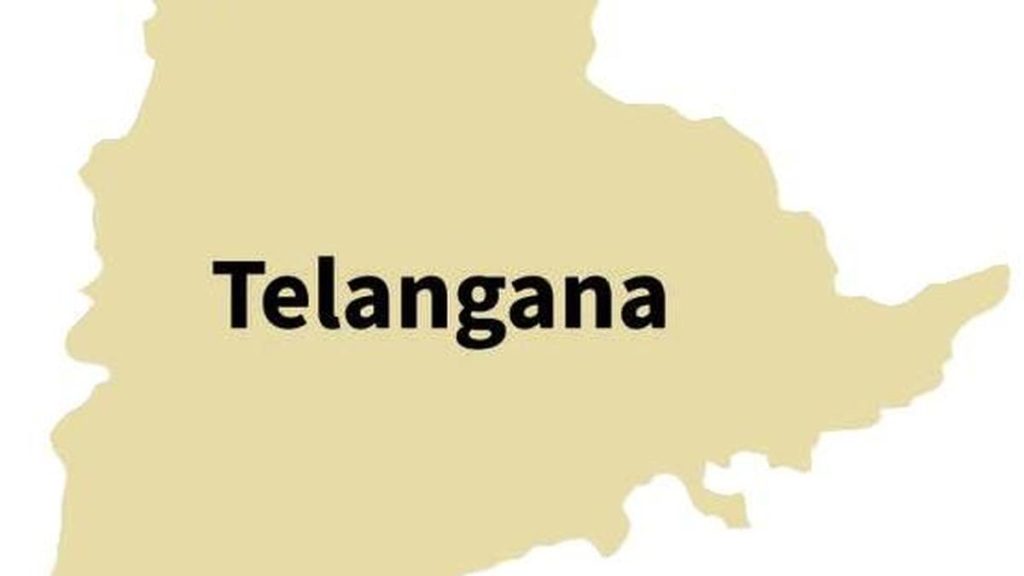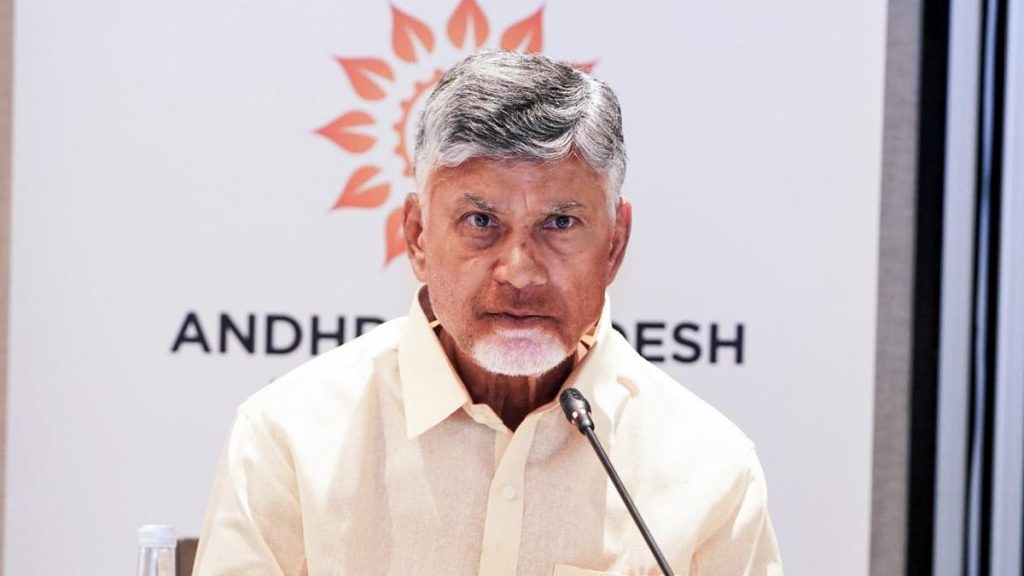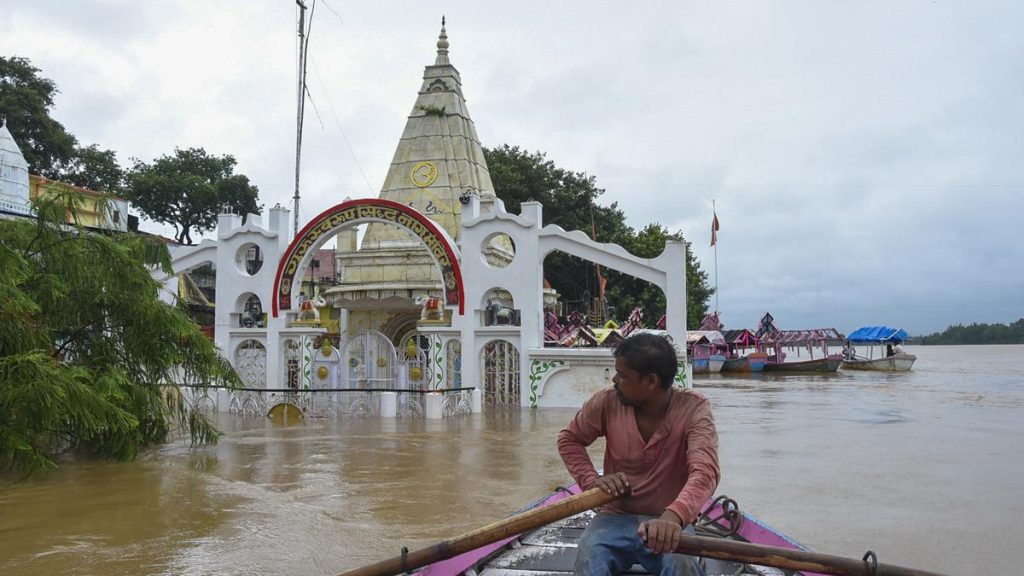Now Reading: India’s Anti-Pollution Measures May Unintentionally Fuel Global Warming
-
01
India’s Anti-Pollution Measures May Unintentionally Fuel Global Warming
India’s Anti-Pollution Measures May Unintentionally Fuel Global Warming

Swift Summary
- A study in Geophysical Research Letters suggests that reducing aerosol emissions without cutting greenhouse gas emissions could accelerate warming and extreme heat in polluted regions like India.
- Greenhouse gases trap heat while aerosols provide a cooling effect by scattering solar radiation; the removal of aerosols can lead to immediate warming effects.
- Historically, aerosol pollution has offset some greenhouse gas-induced warming. for example, India’s warming between 1906 and 2005 was about 0.54°C despite an estimated 2°C rise due to greenhouse gases, largely counteracted by aerosols.
- Aerosol effects are localized while greenhouse gases impact globally; this complicates mitigation approaches for India.
- Aerosol reductions could worsen heat stress but potentially increase monsoon rainfall over India-a trade-off that must be balanced in climate policies.
- Experts emphasize that vulnerable populations will face compounded risks from increased heat and respiratory ailments as a result of industrial activity-linked pollutants, including aerosols and greenhouse gases.
- Policymakers are urged to move toward long-term adaptation measures such as improved heat action plans targeting vulnerable areas with high aerosol impacts (e.g., Indo-Gangetic plains).
- Immediate health benefits from reducing air pollution outweigh potential adverse climatic consequences.
Indian Opinion Analysis
The study underscores the complex dynamics between air pollution control and climate change mitigation in highly polluted regions like India. The reliance on industrial processes emitting both greenhouse gases and aerosols creates intertwined challenges-improving air quality must contend with rising temperatures due to unmasked global warming effects. For policymakers, balancing these environmental trade-offs is critical.
India faces dual priorities: protecting vulnerable populations from immediate health risks posed by polluted air while adapting cities like Delhi or Mumbai for long-term consequences such as increased heat stress when emissions decline. However,regional variability in aerosol distribution makes definitive predictions challenging. This highlights an urgent need for robust modeling tools and tailored local policies.
The advice to enhance long-term adaptation measures (e.g., better-targeted city-level heat action plans) aligns well with the reality of increasing climate vulnerability across urban centers. While immediate health improvements remain paramount, integrating such strategies into broader development planning will help mitigate short-term disruption caused by accelerated warming once cleaner air regimes emerge.
India’s leadership opportunities in aligning clean energy goals with improved climate resilience will likely shape not just domestic sustainability outcomes but also its role guiding global debates on equitable environmental transitions amid rapid economic growth.



























